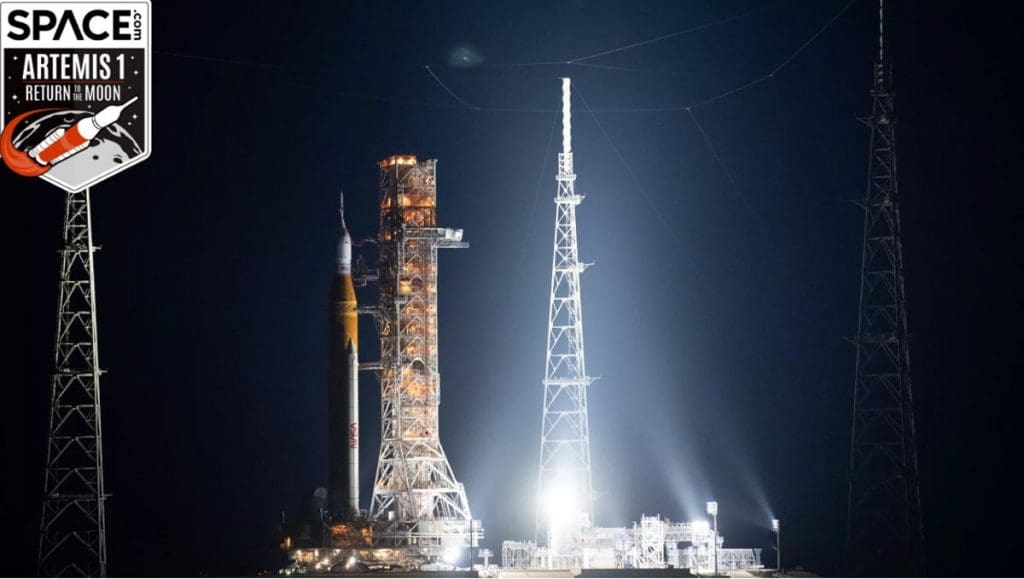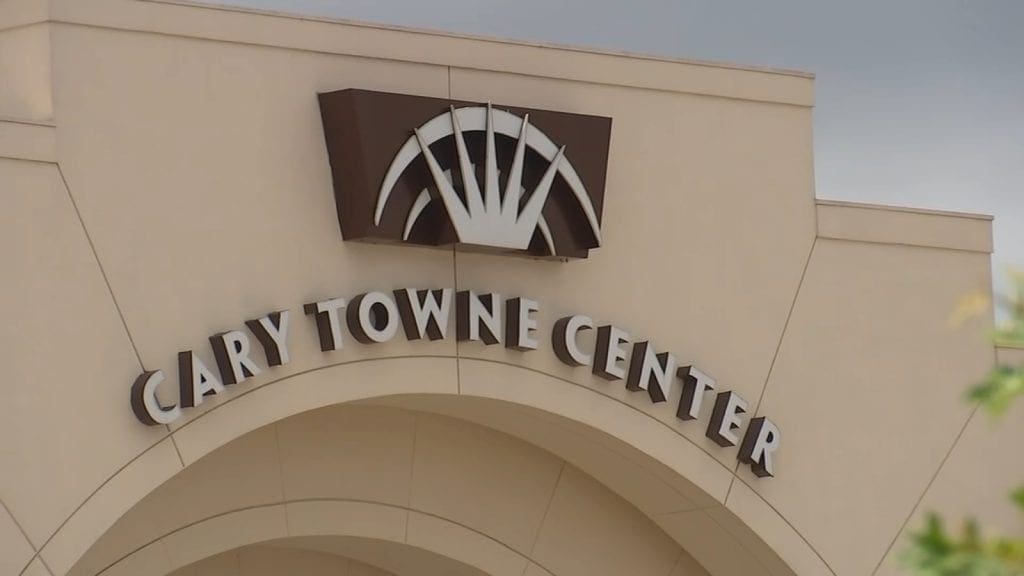A big new rocket will be launched without a crew on Monday as part of NASA’s ambitious Artemis mission to take us back to the moon 53 years after the first human steps were taken there.
The Space Launch System (SLS) rocket’s first launch and the Orion spacecraft’s second launch are both set for the Artemis I mission, which will take place Monday morning. The journey to the launch pad has been arduous.
The history of SLS begins in 2010 when Congress ordered NASA to create a rocket as a replacement for the space shuttle. The reason the rocket appears familiar is that it incorporates a lot of shuttle technology, especially the two solid boosters that flank the main liquid hydrogen tank.
NASA’s Artemis Misson Is Extremely Important
However, NASA, Congress, and the defense contractors they hired continued in creating SLS despite the development of private launch businesses like SpaceX, which has mastered the art of rocket reusability.
The project has been plagued by cost overruns and technical difficulties the entire time. SLS has cost about $20 billion in total, and since no portion of the rocket is recyclable, the project’s expenses are still far from over.
Nevertheless, Monday’s launch heralds the start of what may turn out to be the broadest and most sweeping phase of human space exploration yet. If all goes as planned, people may visit previously unexplored areas of the moon.
The moon may soon become more than simply a lovely, shimmering orb in the sky; it may also serve as a strong research facility, similar to Antarctica, or a launching pad for missions to Mars and other planets. The main objective of the mission is to test Orion and its vital parts before the capsule eventually carries people later this decade, including as the heat shield upon reentry into Earth’s atmosphere and the communications equipment.



